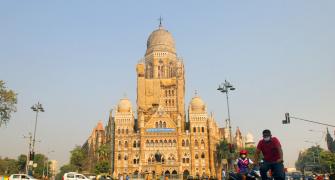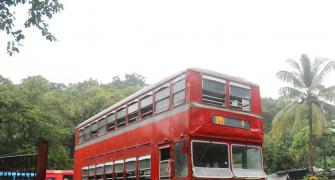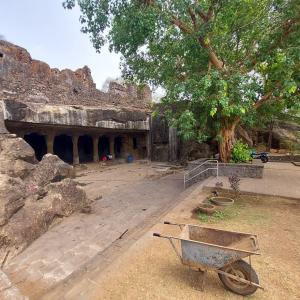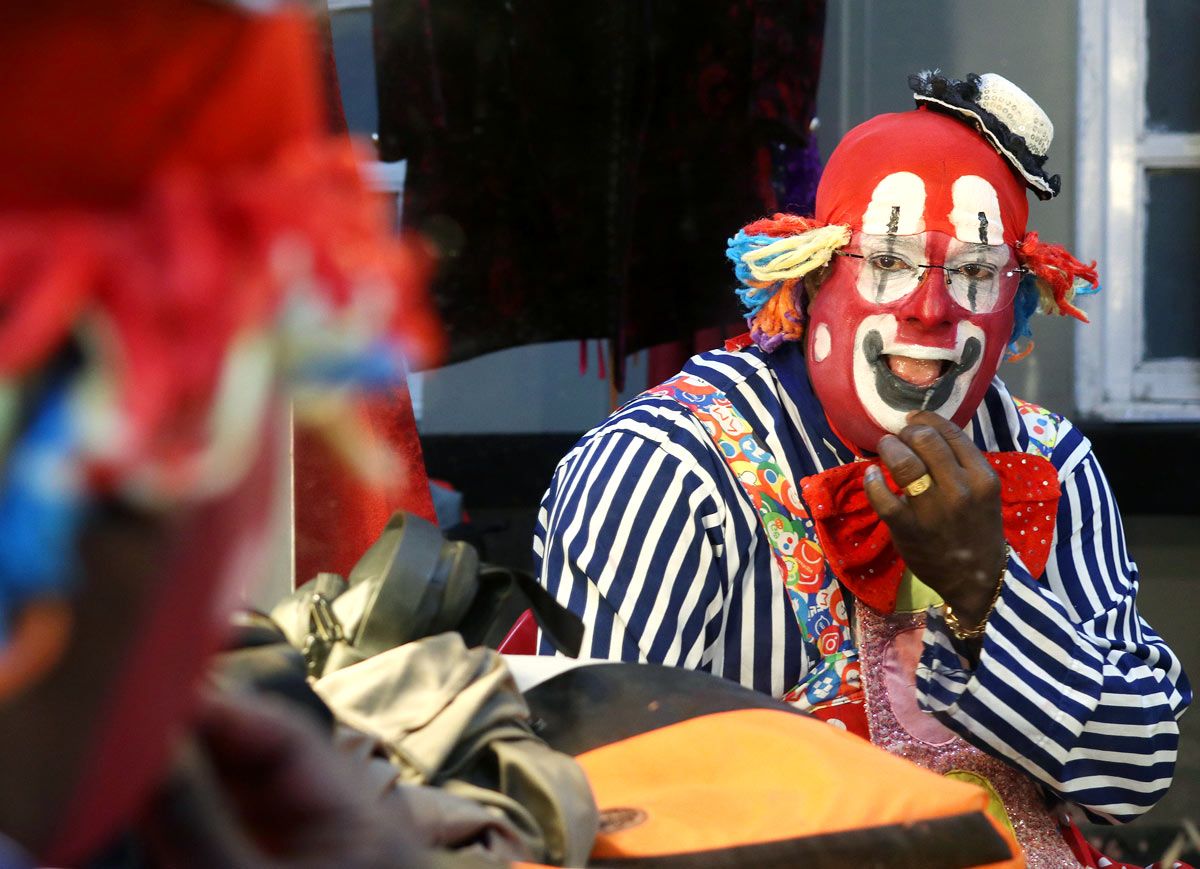The venerable Afghan Church, officially titled the Church of St John the Evangelist, one of the magnificent jewels in Mumbai's crown, is brand new again.
The church has undergone a rebirth -- 176 years after she was conceived. And none would have been more pleased than Henry Conybeare, the engineer from Bristol, England, who at the young age of 24 brilliantly envisioned Afghan Church and drew up his plans, because today she looks once more like how Henry designed her.
Located in Colaba, the southern end of Mumbai, within the leafy, neat and clean Navy Nagar cantonment area, this attractive cathedral, built in Gothic style, took 10 years to complete, between December 1847 and January 1858 and its then Rs 565,000 spire was only finished in June 1865.
One of the unique aspects of the church is that it served as a memorial for the soldiers who fought and died in the first and second Anglo-Afghan wars. These wars were waged to protect India, because the British believed the Russians, aided by the Afghans, might invade.
The Great Army of the Indus that took on the Afghans consisted of various regiments, like the East India Company's Bombay Army, the Madras Army, the Bengal Army, and other divisions. They were sent to the harsh Hindu Kush terrain that was the Afghan frontier and an estimated 60,000 died there during both wars. The Afghan Church commemorates their bravery and sacrifices.
World Monuments Fund India took on the responsibility of restoring this important war memorial and house of god, that was in a dilapidated condition and needed millions of rupees to bring it up to spark. They worked together with the Afghan Church's pastorate committee and custodian, with financial support from Citibank.
The restoration project began in March 2022 and lasted two years. It was carried out under the guidance of expert conservation consultant Kirtida Unwalla, who ensured that the historical integrity of the church was preserved while making necessary repairs and improvements.
Hitesh Harisinghani/Rediff.coms peek into the interiors of this restored Gothic beauty...


Incidentally, Conybeare also worked on a water supply scheme for Bombay and initiated a project whereby the city received piped water from Vihar lake.

Talented architect William Butterfield (who worked on umpteen churches across the British empire) with a team of students from the Sir Jamsetjee Jeejeebhoy School of Art, did the reredos (altarpieces), pews, screens etc of its elegant interiors, well-known especially for its tiling.


There is an inscription in the chancel, near the altar: 'This church was built in memory of the officers whose names are written on the walls of the chancel and of the non-commissioned officers and private soldiers, too many to be so recorded who fell, mindful of their duty, by sickness or by sword in the campaigns of Sind and Afghanistan, A.D. 1838-1843'.

Here's how lovely it looks now post restoration.

German-trained William Wailes, a renowned 19th century glass craftsman of Newcastle-on-Tyne created them and they were shipped to India by sea. A close up of the gorgeous stained glass windows -- these panels show biblical scenes.


Imagine how hymns like Abide With Me and The Lord's My Shepherd or carols like Joy To The World would sound in here, their top notes hitting the lofty rafters.


The bell tower's eight enormous bells arrived in Mumbai in 1904 from the world's largest John Taylor Bell Foundry, Loughborough, Leicestershire, England, and the melodic sound of them pealing has added even more grandeur to the Afghan Church for decades and they apparently shall ring out again.
WATCH: The restored beauty of the Afghan Church
Feature Presentation: Aslam Hunani/Rediff.com









